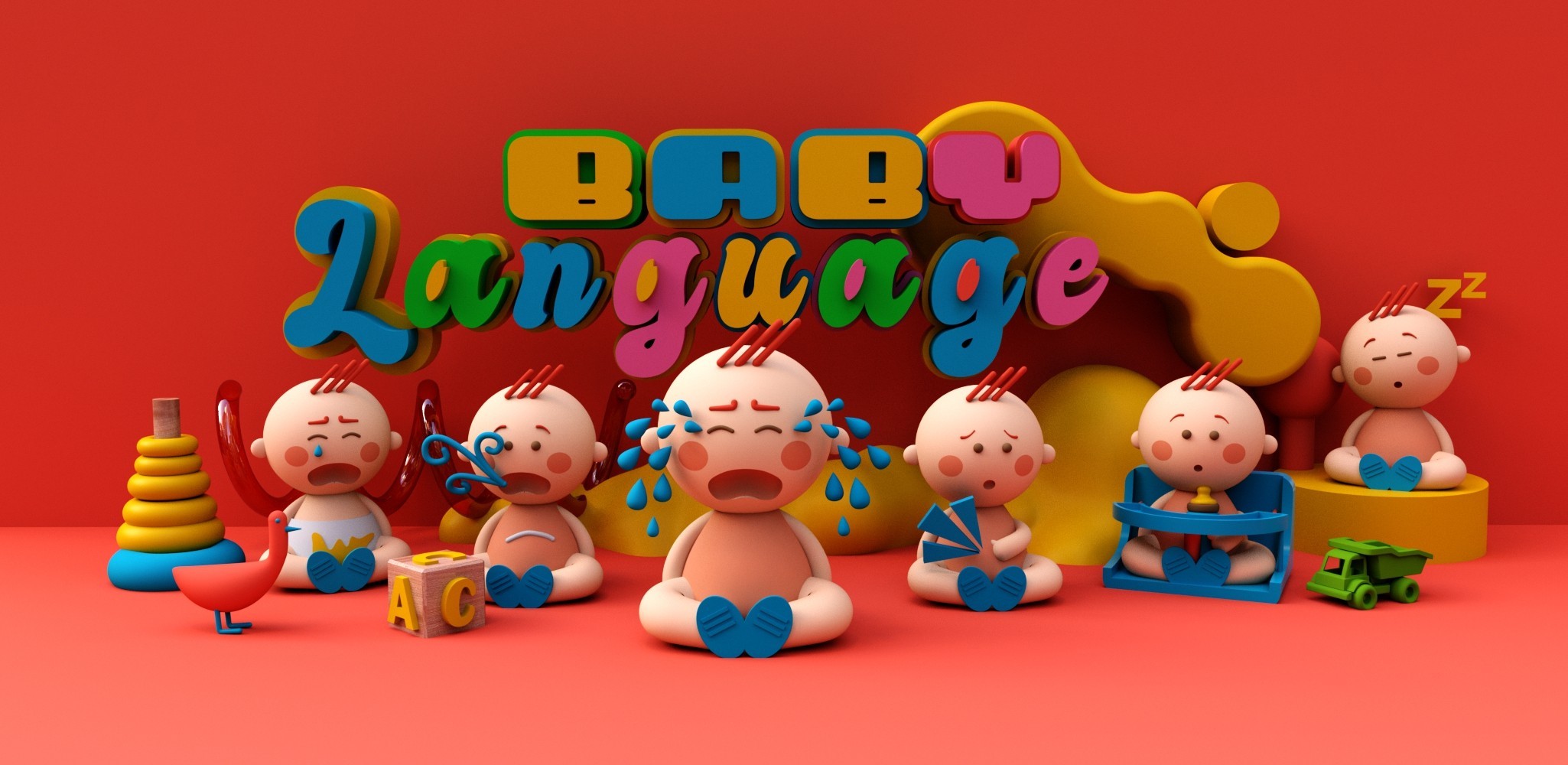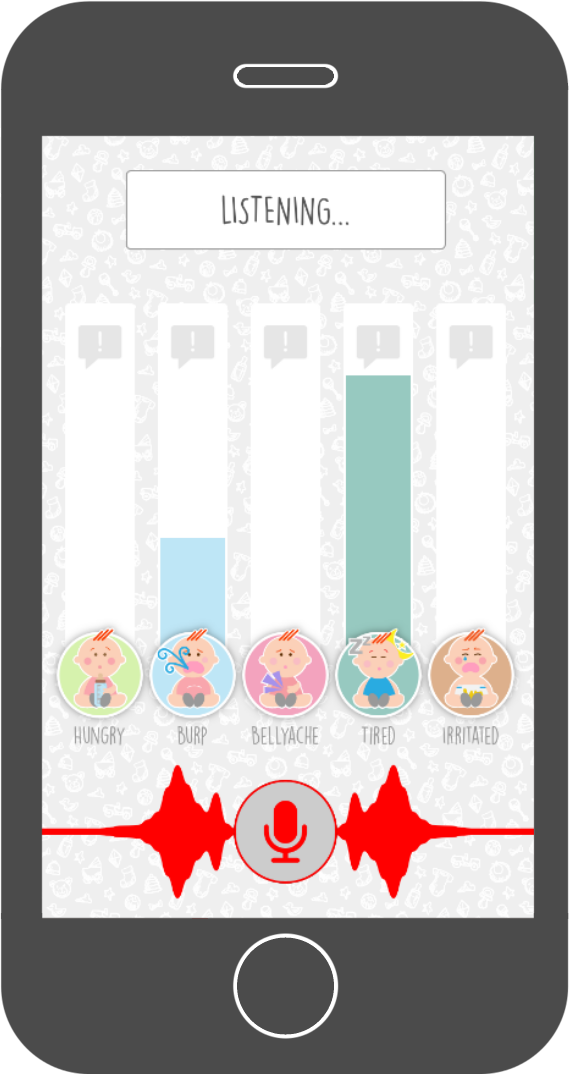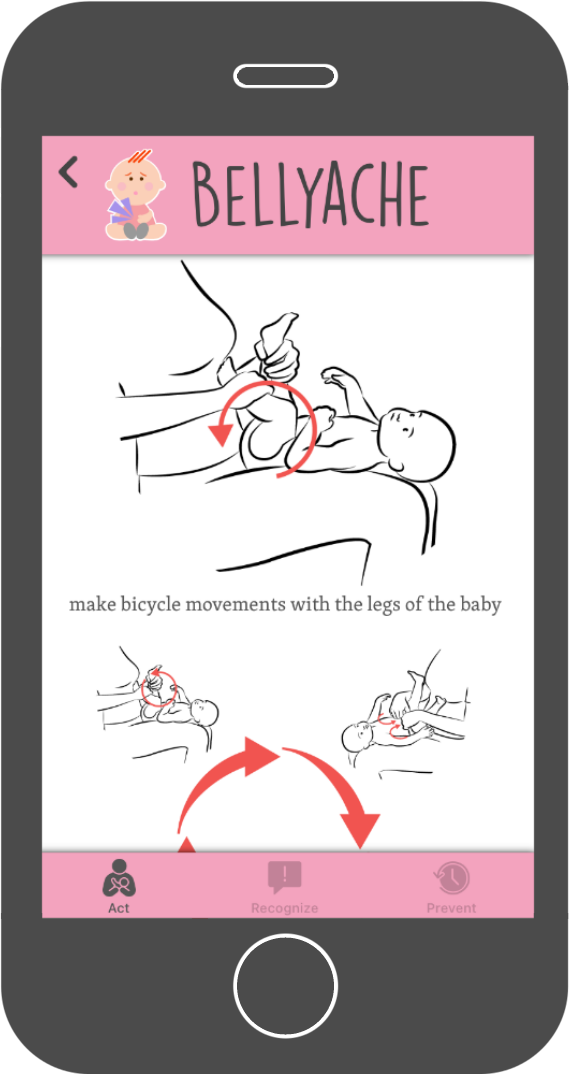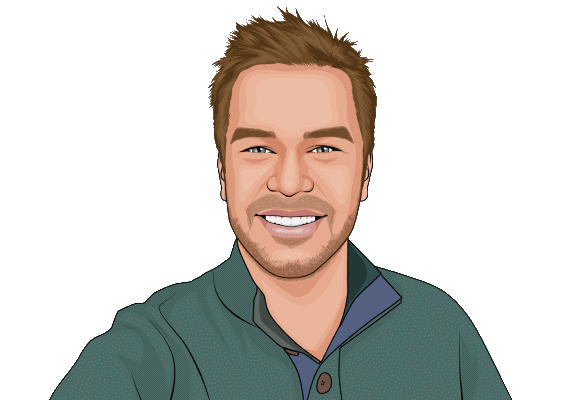


Try it for free and see how you can learn how to distinguish

With every purchase in

Try it for free and see how you can learn how to distinguish

With every purchase in

 The Baby Language app teaches you the ability to distinguish different types of baby cries yourself. It comes with a support tool to help you in the first period when learning to distinguish baby cries. It points you in the right direction by real-time distinguishing baby cries and translating them into understandable language.
The Baby Language app teaches you the ability to distinguish different types of baby cries yourself. It comes with a support tool to help you in the first period when learning to distinguish baby cries. It points you in the right direction by real-time distinguishing baby cries and translating them into understandable language.
 The Baby Language app shows you many different ways on how to handle each specific cry. It provides you with lots of information and illustrations on how to prevent or reduce all different kind of cries.
The Baby Language app shows you many different ways on how to handle each specific cry. It provides you with lots of information and illustrations on how to prevent or reduce all different kind of cries.


Founder and Developer

UI/UX Designer

Dutch translator
and coordinator

Webdesigner

Spanish translator

French translator

Italian translator

German translator

Indonesian translator

Portuguese translator

Russian translator

3D Graphic artist

Arabic translator